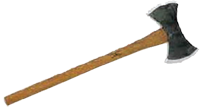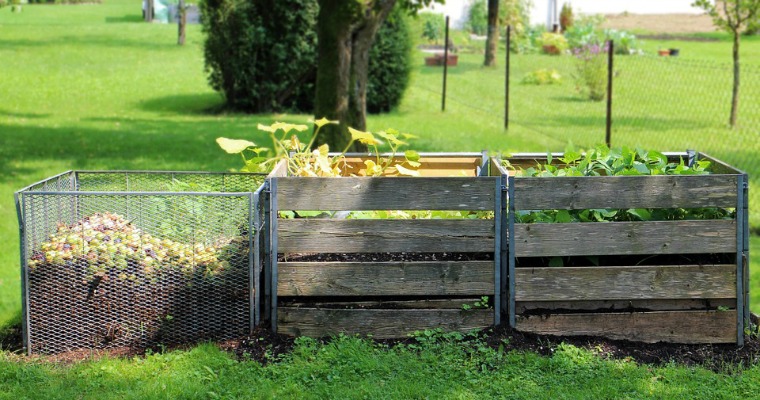If you’re struggling to maintain a healthy garden, you should consider making your own compost. This involves turning uneaten food and organic scraps into nutrient-rich oil.
Over time, these organic items break down into nutrients that you can use to stimulate plant growth in your garden. Not only does this promote a healthy garden, but composting also reduces landfill waste.
Getting Started Composting
First and foremost, you’ll need a compost bin in which to place your organic scraps. Most gardening centers and home improvement stores sell compost bins for as little as $50, which is a small price to pay considering the value it offers.
A high-quality compost bin should feature a lid on top as well as holes on the sides so that the contents can “breathe.” Additionally, it should feature a strong and durable construction that’s able to withstand the elements.
Another idea is to build your own compost bin. You can check out this article for step-by-step instructions on how to build a compost bin, but it basically involves creating an enclosed cube out of wooden pallets.
The key thing to remember when building a compost bin is that it should feature a lid on top and holes on the sides. The holes, however, should be small enough so that soil or organic scraps don’t spill out.
Compost Greens and Browns Together
The secret to a successful and effective compost bin is to add a combination of green and brown ingredients. Green ingredients include fruit scraps, vegetable scraps, plant leaves and grass clippings, whereas brown ingredients include sawdust, pine straw, coffee beans and tree bark.
Ideally, you should strive for a 50/50 ratio of greens to browns. About half of your compost should consist of green ingredients and the other brown ingredients. Maintaining this balance will ensure your compost is rich of nutrients with a high level of fiber.
Using Your Compost
After allowing your compost to sit for a few weeks or months, it should be ready for use. You can use compost just like any other nutrient-rich soil. Before applying it to a plant bed, till up the soil so that it’s somewhat loose and not compact. Next, mix in the compost, creating a thick layer over the tilled up soil.
You can use compost on any land or soil where your plants needs a helping hand. Even trees can benefit from compost. Just add 2 to 3 inches of compost to promote healthy growth and development.
The Woodsman Company offers tree planting, tree pruning and shrub trimming, tree removal and stump grinding as well as a tree wellness program.
If we can help with any of your tree care needs give us a call at 512-846-2535 or 512-940-0799 or

